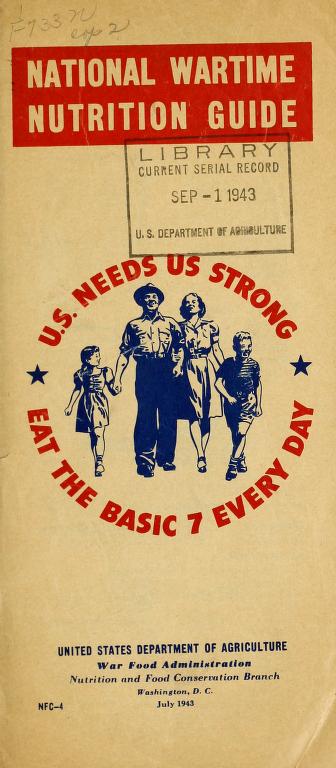
The world of nutrition spans different cultures. Have you ever considered celebrating and learning about different cuisines? Have you ever wondered what your plate would look like with Asian cuisine? Filipino cuisine? Latin American cuisine? The possibilities are endless. You can use MyPlate as a guide and enjoy various cuisines from all over the world.
The dietary guidelines recommend consuming at least half your grains as whole grains, increasing your overall fiber intake. Sources include fruits, vegetables, and grains. It is recommended to eat lean protein, which can be fish, chicken, beef, and other animal products. Healthy fats are important for heart health and can be found in nuts, seeds, and oils.
Ginisang Gulay is a sautéed vegetable dish that has okra, squash, okra, eggplant, string beans, and shrimp. Shrimp is a protein that provides vitamin B12, selenium, and choline. Pinakbet is also a great choice, since it contains vegetables with beans, a plant-based protein, and can be served with whole grain noodles. This dish is a 4-food group powerhouse!
Who doesn’t like yogurt? It contains protein, probiotics, and taste great! In the middle eastern dish Keshek, there is sundried powder yogurt and stir-fried lean ground beef. Double protein, double the yum! You can incorporate grains and fruit by adding a piece of whole grain pita bread and side of fruit. Now for an important question, who likes pancakes? I know I do! Besan cheela are savory pancakes made from chickpea flour and vegetables. In this dish you are getting grains, vegetables, and protein. All from pancakes, sounds too good to be true right?
One of my personal favorite dishes is the Salvadorean pupusa. The pupusa is made of masa or a corn cake texture and can be filled with different meats, cheese, topped with salsa, and curtido, a type of fermented cabbage. The curtido is fermented in vinegar and contains probiotics, which can help with gut health. From this dish there is protein when meat is added, dairy from the cheese, vegetables from the curtido, and grains from the masa.
All the dishes listed both demonstrate how you can still get your fruits, vegetables, protein, and grains from trying different international cuisine. Do these foods sound delicious?
Interested in learning and trying more international foods? This month try cooking a new international food so you can learn how to cook with different ingredients. If you normally pan or deep fry, try baking, air frying, or grilling, which can reduce fat by 50-80%. On top of experimenting with new food you can also learn about the countries culture and symbolism of using certain spices and food pairings. Happy eating!
Written by: Ashley Denise Ascenio, Intern with Wood County Extension, Bowling Green State University Graduate Student in Food and Nutrition, asencia@bgsu.edu
Reviewed by: Susan Zies, Extension Educator, Family and Consumer Sciences, OSU Extension Wood County.
